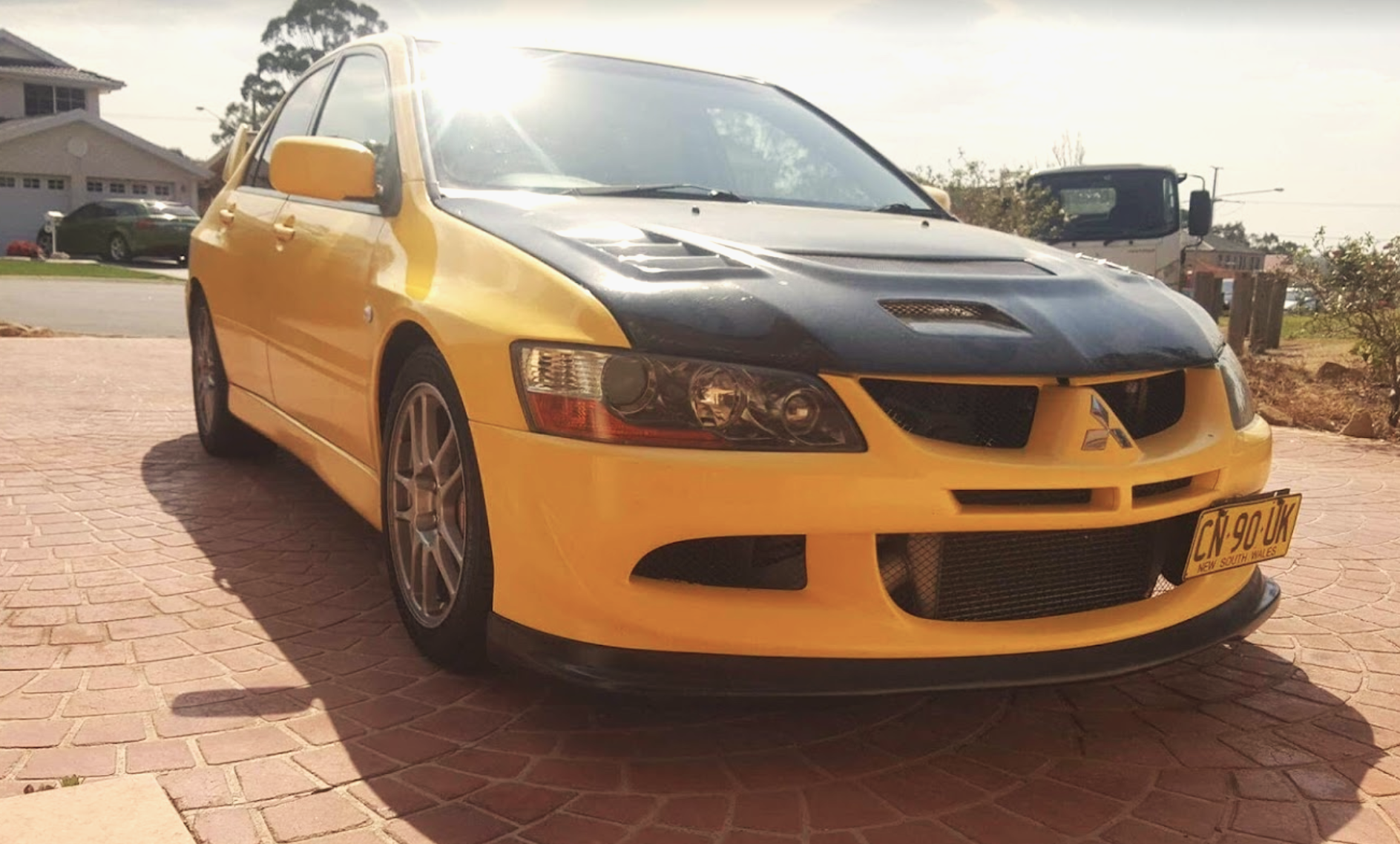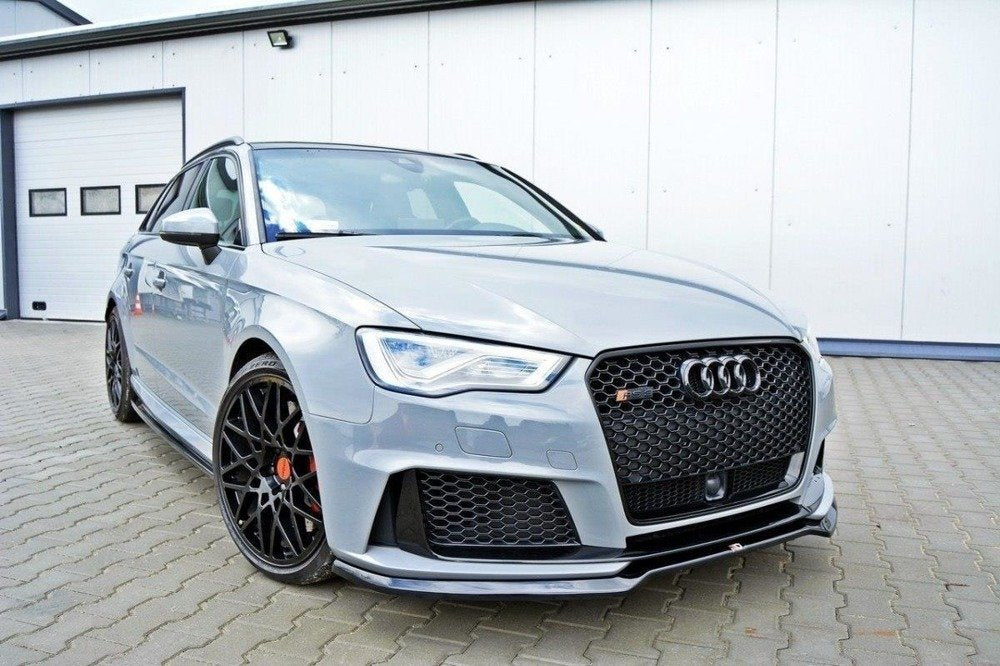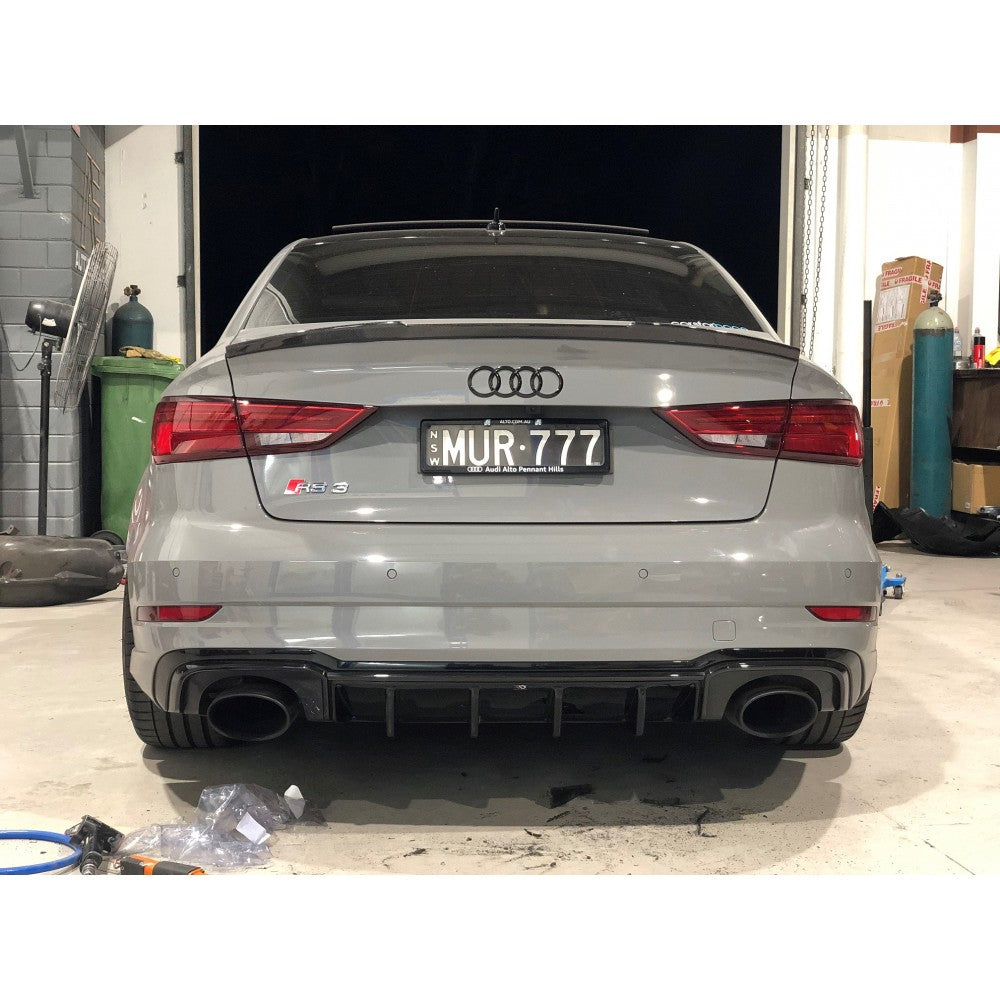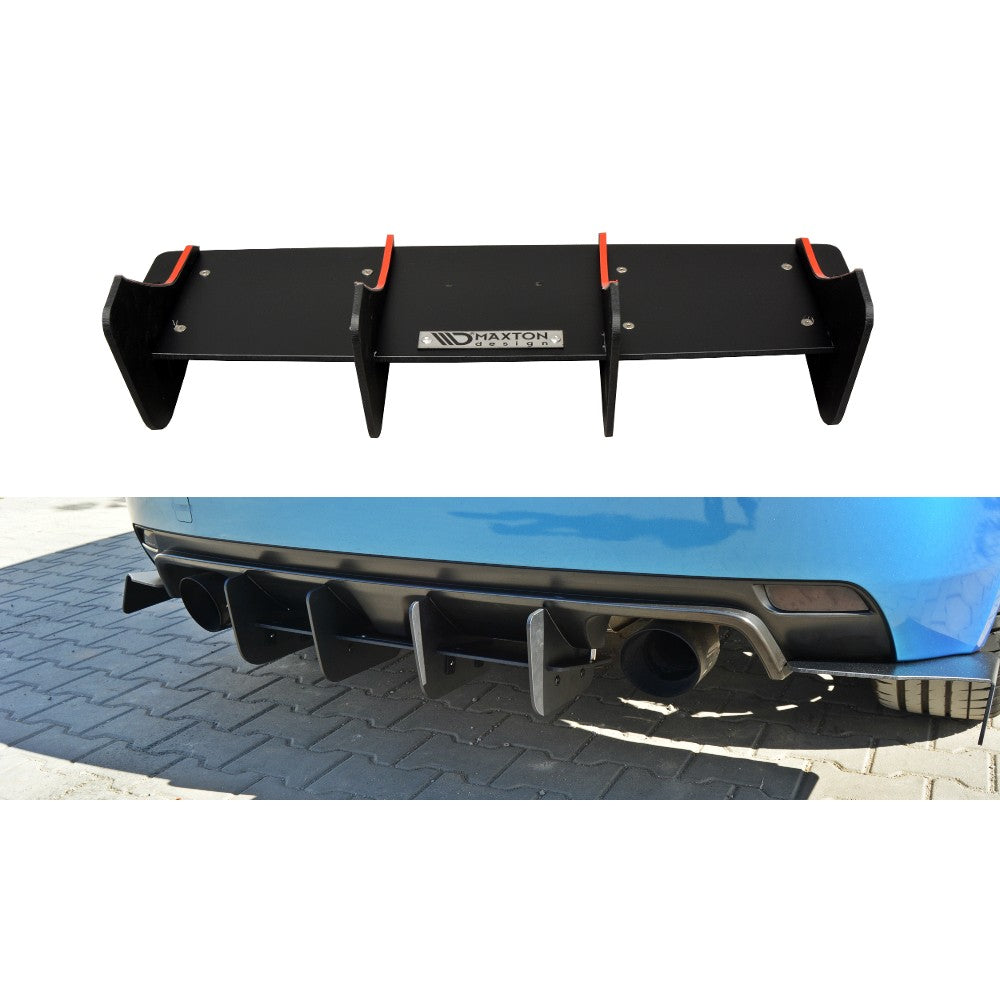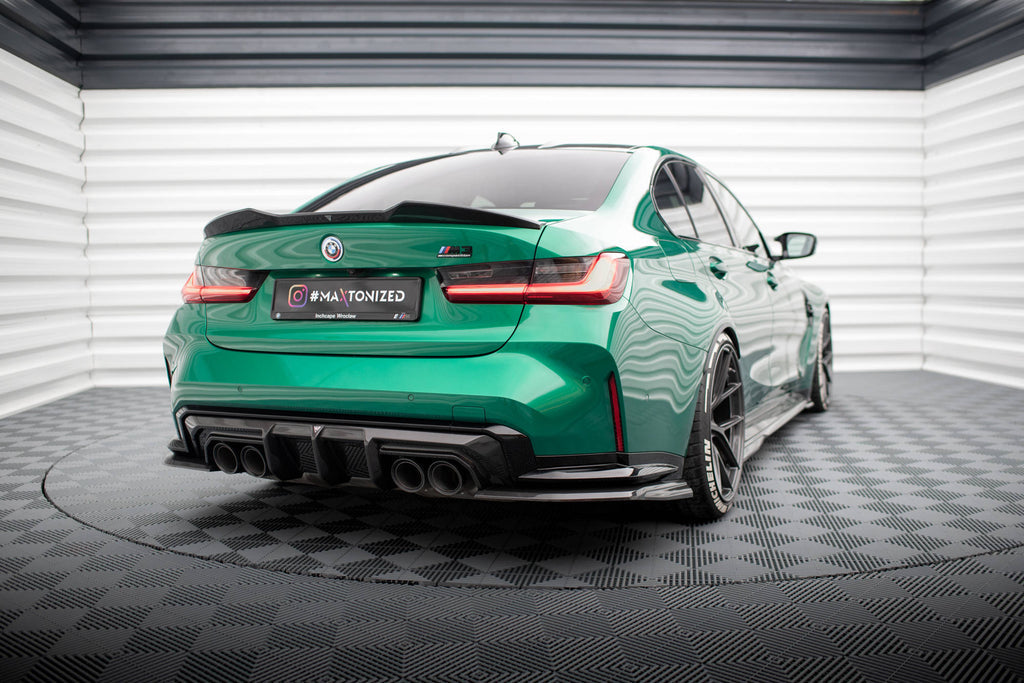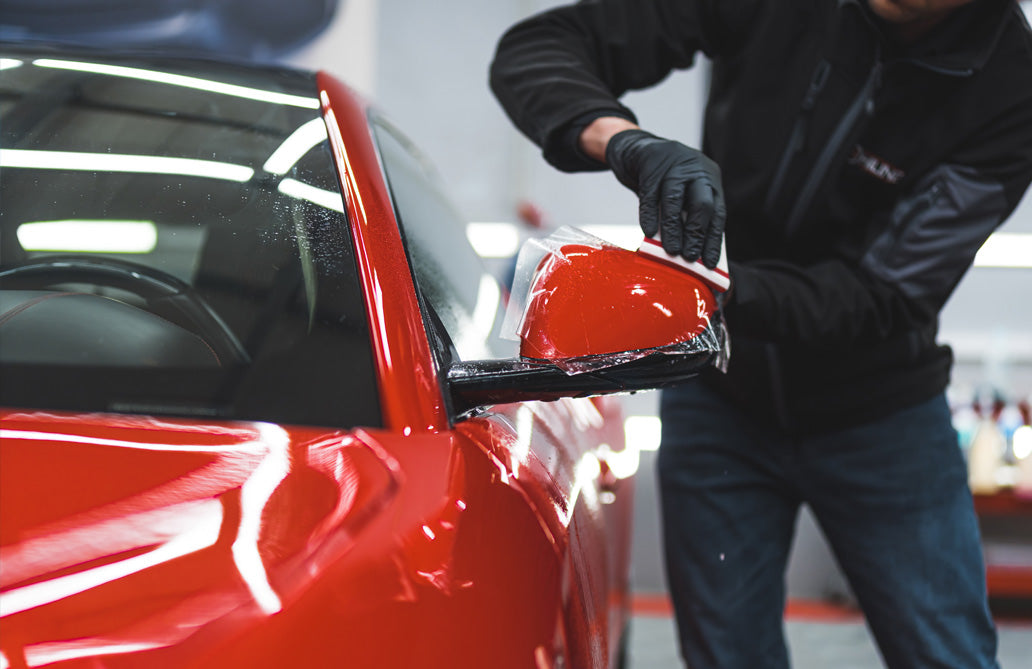Car customisation is the fun and challenging process of modifying a car's appearance, performance, or functionality to suit your personal preference and style. It can range from simple changes like adding stickers or decals, to more complex ones like installing new engines, suspensions, or body kits.
It’s not just a way to express one's individuality, but also a form of creativity, innovation, and engineering. In this piece, we’re going to explore the rich history of the custom car culture and how popular body kit components came to be.
History and evolution of car customisation
The origins of car customisation can be traced back to the 1920s and 1930s when young Americans started to modify their cars for speed and racing.
These cars were known as hot rods, and they were typically old Ford Model Ts or Model As that were stripped down, chopped, channelled, and fitted with powerful engines. Hot rods were often painted with bright colours, flames, or pinstripes, and they became symbols of rebellion and freedom.
In the 1950s and 1960s, another form of car customisation emerged in the urban communities of California and Texas. These cars were known as lowriders, and they were usually older American sedans that were lowered to the ground, painted with elaborate murals or patterns, and equipped with hydraulic systems that allowed them to bounce or hop.
In the 1970s and 1980s, car customisation spread to other parts of the world, especially Japan and Europe.
In Japan, car enthusiasts started to modify their cars for performance and handling, rather than just speed. These cars were called tuners, and they were usually compact Japanese models that were enhanced with turbochargers, spoilers, neon lights, or body kits. Tuners were often used for street racing or drifting, a technique of sliding the car sideways through corners.
In the 1970s, The custom car and van scene emerged, with shag pile carpets, porthole windows, metal flake paint, jacked-up rear ends, airbrushed murals, and V8 swaps. The South London look was also popular, with smooth and pastel-coloured Escorts and Cortinas.
The hot hatch era also began in the 1980s, with affordable and tunable cars like the Golf GTI and the 205 GTI. People added plastic body kits, window louvres, colour-coded everything, neon colours, and tiger stripes to their cars.
In the 1990s, the Testarossa inspired the sidestroke craze, with widebody kits from Rieger, Skeete, and Dimma. Headlight swaps, smoothed bodywork, bad-boy bonnets, mesh, wing vents, big rims, and quad exhausts also became much more common. Stereo installs, on the other hand, became more elaborate and fibreglassed.
Remember the Fast and the Furious movie? In the 2000s, that movie almost single-handedly sparked the interest in Japanese cars and Manga graphics in the custom car community. People painted their cars bright orange and fitted them with huge spoilers, underbody neon, and NOS kits. They also wanted Skylines, S2000s, RX-7s, and other JDM models.
In the 2010s, the stance scene emerged, with air-ride, coil overs or hydraulics to adjust the height and fitment of the cars. Rare wheels, premium interiors, and OEM+ mods were also popular. The horsepower scene grew as well, with supercar-baiting power levels achievable in hatchbacks and saloons.
Today, car customisation is more diverse and accessible than ever before. Thanks to the internet and social media, car enthusiasts can share their ideas and inspirations with people from all over the world.
Car customisation also became more affordable and convenient, thanks to the availability of online shops, DIY kits, and tutorials. It transformed from being a hobby to an art form, a lifestyle and a passion.
History of body kits
Body kits are an integral part of the custom car scene. They are designed not only to enhance the appearance of a vehicle's exterior but also to enhance the car's performance in terms of handling and speed.
If you ever wondered how your favourite body kit components came to be, here’s how:
Bumpers
Front bumpers first appeared around 1915 as decorative features made of thin metal strips. But it was in the 1920s when chrome bumpers became popular for their style and distinction. They were later integrated with grilles and other body parts in the 1950s.
In the 1970s, the US government introduced safety regulations for bumpers, requiring them to withstand certain impacts and protect essential components. This resulted in the bulky and heavy metal bumpers that we know and love.
In the 1980s, plastic bumpers emerged as a lighter and more flexible alternative. They had plastic covers, metal beams, and cushioning materials.
With the advancement in technology, chrome plastic fascia has been used in recent years to combine the aesthetic of chrome with the safety and lightness of plastic.

Spoilers
The first commercial front spoiler is often attributed to companies like Kamei and Zender in Europe. Kamei, a German company, introduced their body kits in the 1970s.
Karl Meier, the founder of KAMEI invented the Tiefensteuer in 1953, which was an aerodynamic feature that we now know as a spoiler.
Meier was unhappy with how tail-heavy the Volkswagen Beetle was, and how difficult it was to handle at higher speeds. His solution was to create an accessory that could improve the car’s handling and stability. And so the spoiler was born.
He tried to convince the manufacturers at the Geneva Motor Show, a wildly popular car event at that time, to help him with his new invention but they did not show interest.
Almost 20 years later, KAMEI showcased the first ever Beetle spruced up with a front spoiler in Geneva. Thanks to its aerodynamic capabilities, the reputation of the spoiler spread like wildfire and now everyone wants one.
KAMEI followed up on the success of the Beetle spoiler and created models for cars like the Opel Ascona, the VW Passat and of course the Golf.

Fender Skirts
Fender skirts are pieces of bodywork that cover the upper portions of the wheels of a vehicle. They are also known as spats in Australia and the UK.
Fender skirts were first used for streamlining purposes by Frank Lockhart on a 1928 Stutz land speed record attempt car. They were called “pants” at that time.
Factory production of fender skirts began with the 1932 Graham-Paige. They became popular for their aesthetic and aerodynamic effects, especially on luxury cars.
In the 1950s, fender skirts were integrated with grilles and other body parts, creating a smooth and flowing appearance. They were also made of plastic and painted to match the colour of the car's body.

Rear Diffusers
Rear diffusers have its roots in Formula 1 Racing. They are shaped sections of the car's rear that improve the aerodynamic properties by reducing the pressure and increasing the downforce underneath the car and therefore reducing drag.
Rear diffusers have been used in various forms of racing cars, such as Formula 1, Le Mans Prototypes, and GT cars.
One of the earliest examples of a rear diffuser was on the 1978 Brabham BT46B “Fan Car”, which used a large fan to suck air from underneath the car and expel it through a diffuser at the rear. This created a huge amount of downforce but was banned after one race.
Another notable example of a rear diffuser was on the 1983 Lotus 94T, which used a twin-chamber design that allowed for more volume and efficiency. This design was later copied by other teams and became standard in Formula 1.
Today, they have also been adopted by some sports cars and road cars.

Hood Scoops
Hood scoops are air intakes that protrude through a hole in the hood of a car and help increase performance by delivering cool and high-pressure air to the engine.
Hood scoops can be attached to the engine (shaker scoops), the supercharger (blower scoops), or the carburettor (carb scoops). They can also have butterfly valves to control airflow.
Hood scoops originated from hot rod and drag race enthusiasts who modified their engines with superchargers and added scoops to aid air intake in the 1920s.
The first factory-fitted shaker scoop was introduced by Ford in 1969 for the Mustang with the 428 Cobra Jet engine. It was followed by Chrysler and Pontiac in 1970 for their muscle cars.
In the 2000s, shaker scoops were reintroduced by Ford and Dodge for their modern versions of the Mustang and Challenger.
The future of custom car scene
We’re not fortune tellers so we can’t predict exactly what will happen in the industry. But based on what’s happening now, and the rapid advancement in technology, here’s what makes us excited for the future of the custom car scene.
3D printing
This technology allows car enthusiasts to create unique and complex parts that are otherwise impossible or expensive to make. 3D printing can be used for body kits, engine components, cooling systems, and more. It can also enable custom manufacturing of cars with different powertrains and designs.
The best thing about it is that with 3D printing, it’s possible to make things yourself now in the comfort of your own home. How cool is that?
Electric vehicles
The rise of electric vehicles will change the way we, as car enthusiasts, modify our cars. After all, it’s only a matter of time before we all drive Teslas.
Electric vehicles have different packaging requirements, cooling needs, and performance characteristics than internal combustion engines. So it would be fun to see how 3D printing and other tech advances can help create parts that fit the electric powertrain and optimise the car’s efficiency and performance.


